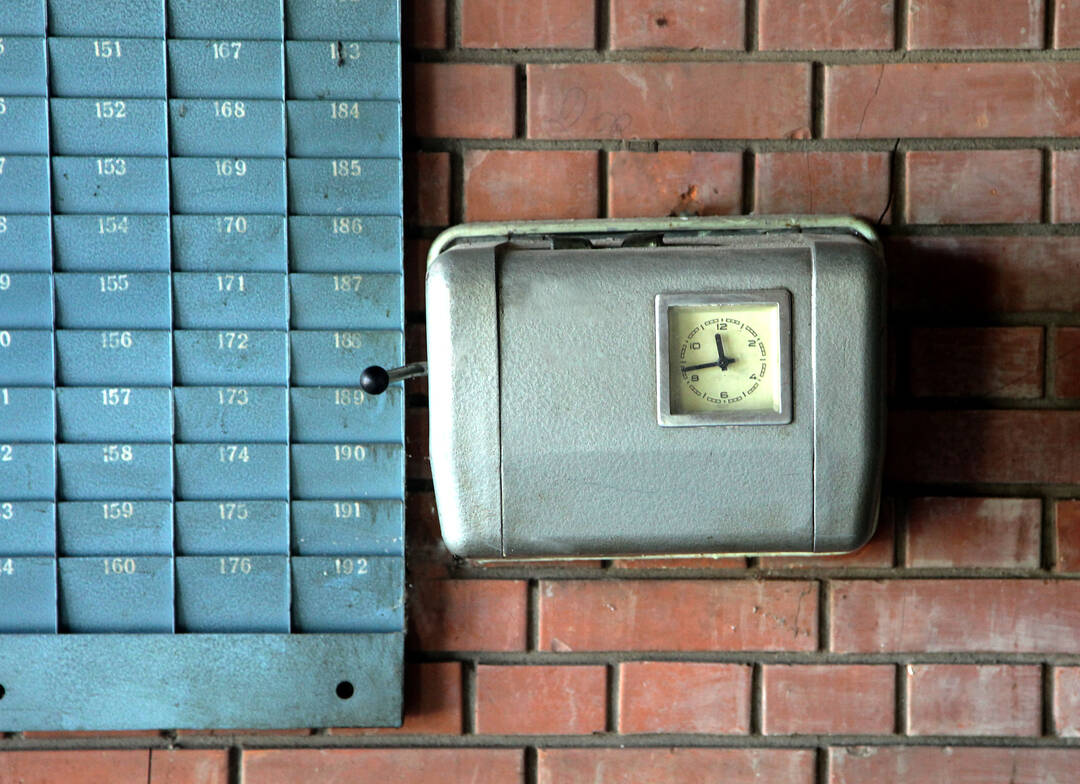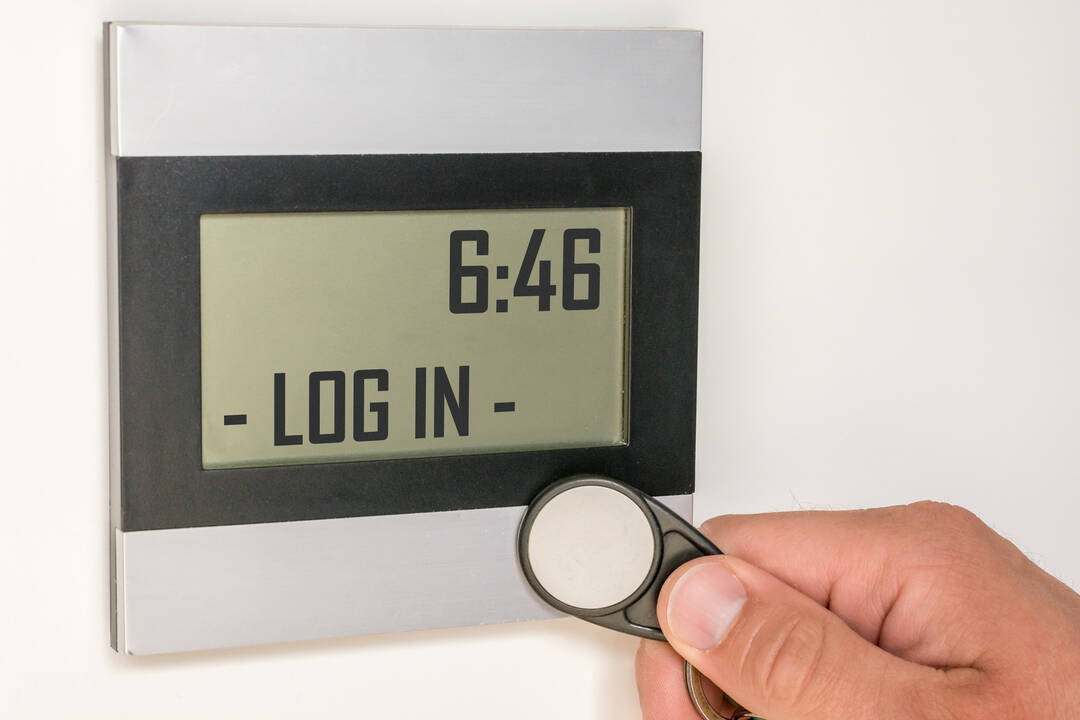
Time-recording
For HR in particular, one important question is: How much time did employees spend at work? This is where time recording comes into play, with which the attendance times of the employees are collected. The word "attendance" is important here, as only these times may be recorded without obtaining consent in accordance with the German Civil Code (BGB). If further data is collected (such as the length of stay or the length of stay in certain rooms), permission must be obtained from the respective individual in advance.
Benefits of time recording for companies
There are many reasons for companies to choose to implement time recording. First of all, it is obvious that there will be a considerable reduction in workload in the payroll department, as this will automate processes that would otherwise be recorded manually and would therefore cost working time. Savings in working hours also entail cost savings, as the time saved can be productively brought to another location.
In addition to the pure time recording, it is also possible – subject to agreement (see above) – to assign activity- and project-related times more clearly and to optimise them in planning if necessary. Lessons learned from this can also be used profitably in the future.
With optimal time recording, the employer can thus keep better track of processes and also get a better overview of what is happening in the company.
Time recording options
Of course, a suitable system is required to ensure that the desired time can be saved through time recording. Time recording using self-managed lists or manually read punch cards would result in time losses rather than gains. Instead, "punching in" is only done in a figurative sense, for example at a terminal for "checking in".
A corresponding medium is required for checking in. In most cases, this will be a plastic card, but it is also possible to use time recording with a chip or even by fingerprint. It is also conceivable to use it with a smartphone, e.g. with a bar code or QR code generated via an app.


The costs of digital time recording
When it comes to installing a digital time recording system, you will initially be faced with somewhat higher costs. However, this is primarily an issue at the beginning, as it will not take much time before the costs will have been amortised by installing a digitized time recording system.
One factor here is the cost savings already mentioned at the outset by relieving the burden on employees working in time management and thus freeing up capacities that can be used profitably elsewhere.
In addition: Although the installation of a system, as already mentioned, is an increased cost point, the running costs are kept in a very low range. The digital time recording system is therefore an investment in the future.
Integration into the digital locking system
The digital locking system is similar to the time recording system: The investment pays for itself within a short time due to the low running costs and low maintenance requirements.
Are you thinking about a digital locking system? Find out more at www.simons-voss.com and benefit from security, flexibility and convenience. And if you are already using a digital time recording system, e.g. with cards: The cards used here can also be used for our access control system. Contact us and find out how we can help!
